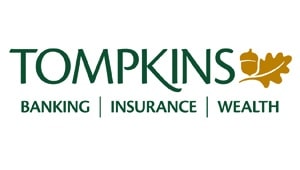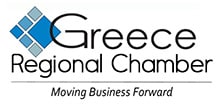(Reuters) – The U.S. government on Friday proposed 2026 reimbursement rates for Medicare Advantage plans run by private insurers that will result in a 2.2% increase in payments, compared with a decline of 0.2% last year.
Shares of insurers UnitedHealth Group, Elevance Health, CVS Health Corp and Humana rose between 1% and 3.2% in extended trade.
The government payment rate affects how much insurers charge for monthly premiums, which plan benefits they offer and ultimately, how much they can profit.
The total increase in payments is estimated at 4.3%, or over $21 billion, when factoring in a 2.1% “risk score”, an adjustment that accounts for potentially higher payments for patients with more severe health conditions.
The payment rate is used by companies such as UnitedHealth , Humana, Elevance and CVS’s Aetna unit to prepare bids for contracts for Medicare Advantage plans they will sell in 2026.
“Overall, this was a highly favorable release given the contentious political environment and the recent proposals under this administration, and this should be very positive for the group and for stocks like HUM, UNH, and CVS,” Oppenheimer analyst Michael Wiederhorn wrote in a research note.
About 65 million people are enrolled in the government’s Medicare program for people aged 65 and older or who are disabled, and more than half of them are enrolled in Medicare Advantage plans.
The proposed rate typically changes after feedback from insurers, other entities and the public. The final rate announcement will be published on or before April 7, 2025.
Under President Joe Biden’s Inflation Reduction Act, annual out-of-pocket drug costs will be capped at $2,100 in 2026 for people with Medicare prescription drug plans, known as Part D, the government also said. That is an increase from 2025’s $2,000 cap.
(Reporting by Puyaan Singh in Bengaluru; editing by Caroline Humer and Devika Syamnath)
Brought to you by www.srnnews.com


























